Curved monitors have gained popularity in recent years, but they may not be the best choice for everyone. Gamers who have a curved gaming monitor love them, but are they worth the extra money? Here are some things to consider when deciding whether to buy a curved monitor:
Immersion
Curved monitors can provide a more immersive viewing experience because they allow you to see more of the screen at once. Unlike flat monitors, which display content in a linear fashion, curved monitors wrap around your field of vision, allowing you to see more of the screen without having to move your eyes or head.
This can be particularly beneficial for certain types of content, such as movies or games, as it allows you to take in more of the action at once. Curved gaming monitors can also reduce the amount of peripheral vision distortion, which can further enhance immersion.
Overall, the added immersion provided by curved monitors can make the viewing experience more enjoyable and engaging, particularly for certain types of content. However, keep in mind that curved monitors may not offer as much value for certain tasks, such as office work or web browsing, where the added immersion is not as important.
Ergonomics
Curved monitors may be more ergonomic than flat monitors because they can reduce the amount of peripheral vision distortion and reduce eye strain. This can be particularly beneficial if you spend a lot of time in front of a computer.
Peripheral vision distortion occurs when the edges of a flat monitor are not in the same plane as the center of the screen, which can cause your eyes to work harder to focus on the edges of the screen. Curved monitors, on the other hand, are designed to reduce this distortion by wrapping around your field of vision, allowing your eyes to focus more easily on the entire screen.
Curved gaming monitors may also be more comfortable to look at for extended periods of time because they reduce the amount of strain on your eyes. This can be particularly beneficial if you work in a low-light environment or if you frequently experience eye strain when using a flat monitor.
Viewing Distance
Flat monitors don’t have the same kind of optimal viewing distance as curved monitors. Flat monitors are more forgiving in this regard. Curved monitors are designed to provide an optimal viewing experience at a certain distance from the screen. The optimal viewing distance for a curved monitor is typically around 1.5 times the diagonal size of the screen.
For example, if you have a 27-inch curved monitor, the optimal viewing distance would be around 40 inches (1 meter). This allows you to take in the entire screen without having to move your eyes or head too much.
The optimal viewing distance may vary depending on the size and curvature of the monitor, as well as the individual user’s preferences and needs. Some users may prefer to sit closer to the screen, while others may prefer to sit farther away.
It’s important to find a comfortable and ergonomic viewing distance that allows you to take in the entire screen without straining your eyes or neck. Experiment with different distances to find the one that works best for you. This is a consideration when thinking about buying a curved monitor, because your ability to optimize your viewing distance for a curved monitor may be limited by your desk configuration.
Price
Curved monitors tend to be more expensive than flat monitors, and they may not offer as much value for certain tasks. The added immersion and ergonomics of a curved monitor come at a premium price. If those features are not a high priority for you, then a flat monitor will be a more cost-effective choice.
For example, a 27-inch 1080p flat monitor may cost around $150, while a 27-inch 1080p curved monitor may cost around $200. Similarly, a 32-inch 1440p flat monitor may cost around $300, while a 32-inch 1440p curved monitor may cost around $350.
Keep in mind that the price difference between curved and flat monitors may vary depending on the size and specifications of the monitors, as well as the brand and retailer.
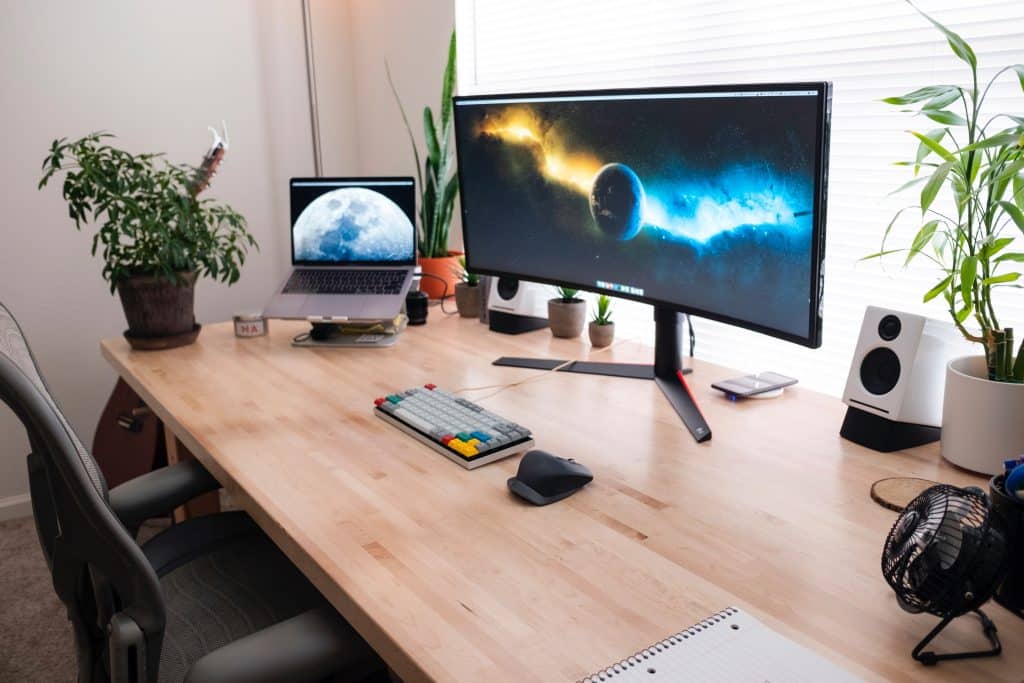
Compatibility
Some software and games may not support curved monitors, which can result in issues such as distorted images or non-uniform scaling. Here are a few things to consider when it comes to compatibility with curved monitors:
Hardware compatibility:
Make sure that your computer’s graphics card is powerful enough to drive the curved monitor at the desired resolution and refresh rate. Also, make sure that you are using the correct type of cables to connect the monitor to your computer.
Software compatibility:
Some software and games may not support curved monitors, which can result in issues such as distorted images or non-uniform scaling. Make sure that the software and games you use are compatible with a curved monitor before making a purchase.
Desk space:
Keep in mind that curved monitors may take up more desk space than flat monitors due to their curved design. Make sure that you have enough room on your desk for the monitor, as well as enough clearance for the cables and other peripherals.
Overall, it’s important to do your research and make sure that your hardware and software are compatible with a curved monitor to ensure a smooth and seamless experience.
Conclusion
Whether or not to buy a curved monitor comes down to your personal needs and preferences. If you are looking for a more immersive or ergonomic viewing experience and are willing to pay a premium for it, a curved gaming monitor may be a good choice. However, if you do not need the added features of a curved monitor, a flat monitor is a more cost-effective option.

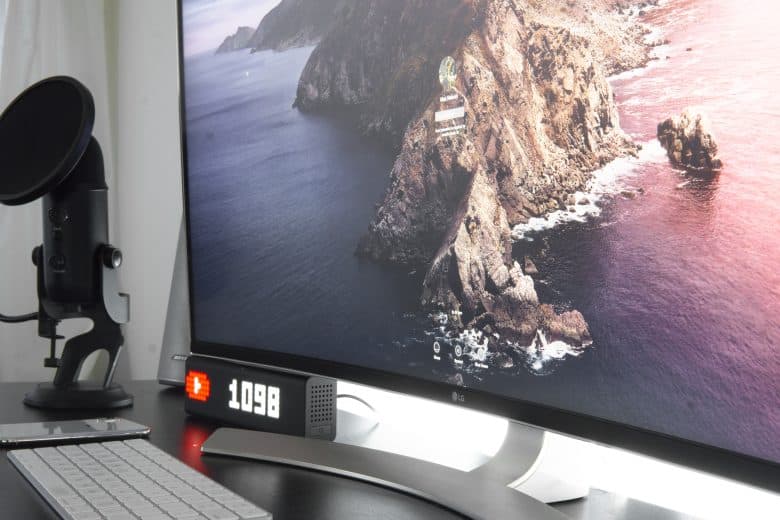
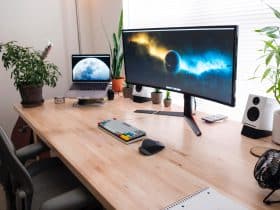





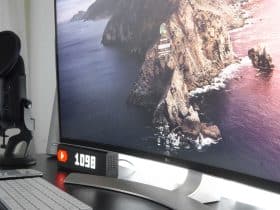
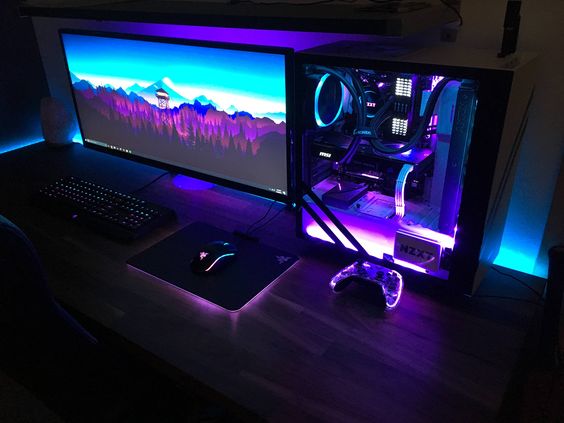



Leave a Reply